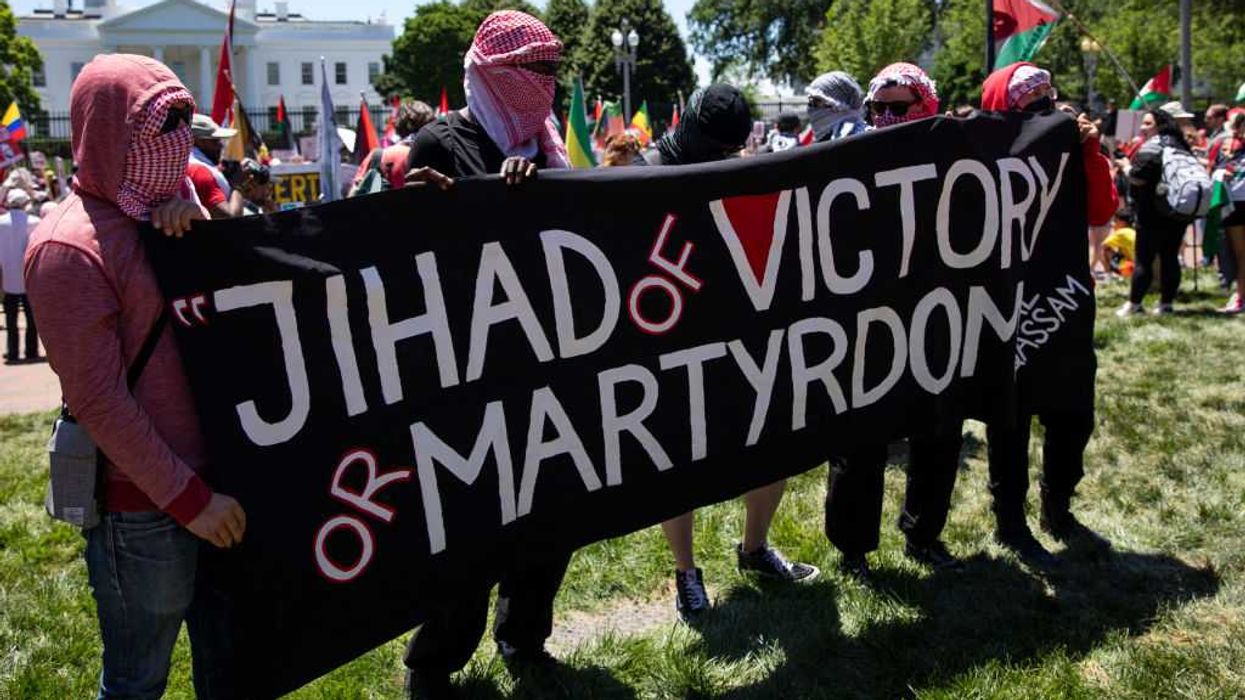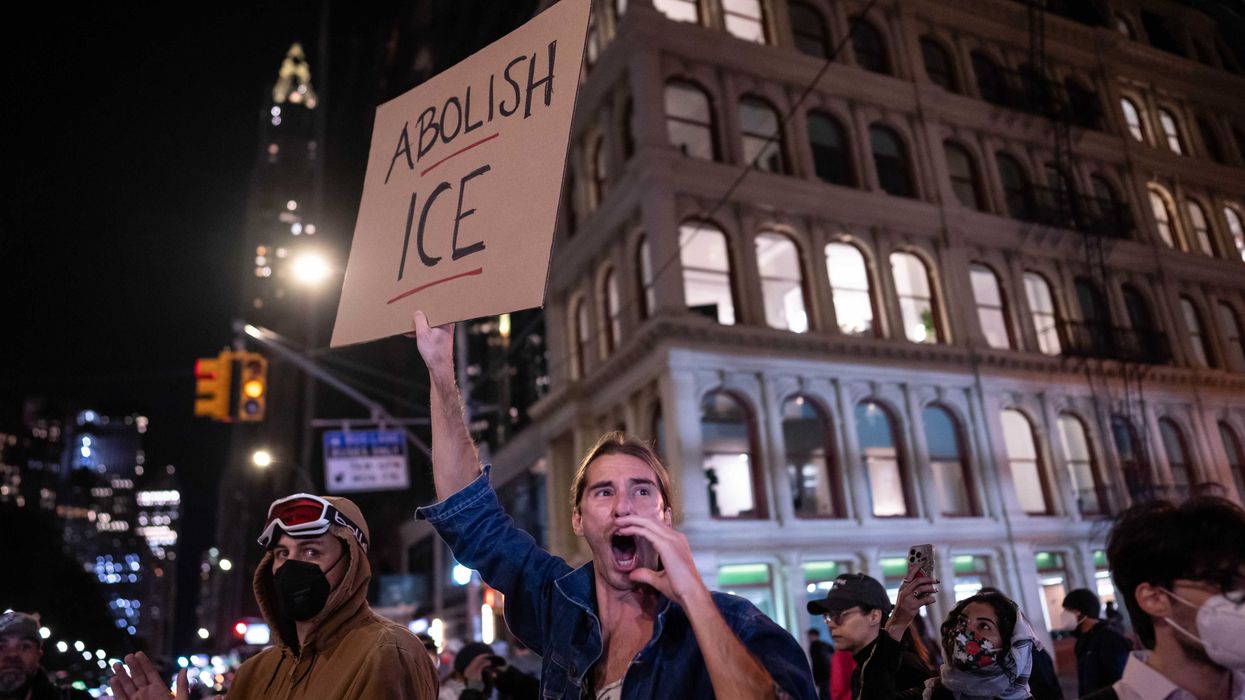GLENN: There were two men that made an enormous impact in the history of the republic and the state of Texas in just the very short time that they each had there. The men Davy Crockett and Jim Bowie. Davy Crockett was born in 1796. He was hard working and an adventurous kid from an early age. He was just about 12 years old when his father indentured him to help pay huge debts that his father built up. Syler took Davy on a 400-mile cattle drive to Virginia. When he finished, the 12-year-old made his way all the way back home on his own. Upon his return, his father enrolled him in school where need it a fight with another student, and he skipped school the next day. And when his father found out, he set out to whip Davy. But Davy outran his father and just kept going, joining another cattle drive.
He would find work on various cattle drives and as a ranch hand out on his own over the next four years. At 16, he wondered if dad finally put the belt away. He returned home to Tennessee.
VOICE: When Davy got back to the tavern, it was nighttime and the evening meal was being served to the herders. He sat down amidst the other men.
VOICE: I had been going so long and had grown so much that the family did not at first know me. And another and perhaps a stronger reason was they had no thought or expectation for me, for they had given me up for finally lost.
VOICE: Davy Crockett.
VOICE: So he got inside a tavern, sat amongst the other travelers at the same table with the family. Finally, one of his sisters looked at him, recognized his features, and discovered she has just found her long lost brother David.
GLENN: After staying to work off more of his father's debts for two other debtors, Crockett set out on his own again. This time for good. Soon after leaving his family, Crockett met and married the love of his life. Pauley Finley. David and Pauley started their family and moved around the state frequently. Then during the war of 1812, war broke out in parts of the south with the Indians who the sided with the British and in an outpost called fort Michigan works ms, massacred 400 men, women, and children. This incensed those around Tennessee. So Crockett and others joined the fight.
VOICE: The warriors continued until they were within shot of us, and we fired killing a considerable number of them. We kept them running under heavy fire until we had killed upwards of 400 of them. Davy Crockett.
GLENN: Davy Crockett became an instant hero.
VOICE: Davy took his new family west to Lawrence county, Tennessee and settled along fast-moving Shoal Creek. The patent family was a prosperous one and Elizabeth had some money and Davy used this inheritance to set up a mail.
GLENN: Crockett would eventually be elected to three terms in the United States congress, representing his district in Tennessee. And he took his duties seriously. To him, taxpayer funds were sacred, and they weren't to be used in any way outside of the constitutionally-mandated ways. Can you even imagine somebody actually believing that? He was so committed to the principle that he even voted "no" on a act to congress that would give $100,000 in federal funds to the widow of one of the biggest heroes in American history. Navy commodore Steven Decatur. Decatur was killed in a dual by another Navy commodore. Crockett wouldn't cave in. His "no" vote was so unpopular that he lost his bid to be elected for a fourth term and had to be sent home to Tennessee where he famously proclaimed since you've chosen to elect a man with a timber tow to succeed me, you can all go to hell. I'm going to Texas. By the way, Decatur had left his wife with a fortune of $75,000, which is the equivalent of $1.8 million today. And that's before congress gave her $100,000, which would have more than doubled her fortune.
Crockett left with 30 others the next day, bound for Texas.
Initially, his intent was to scout out a place for his wife and children to live. But upon his rival, he was met by crowds of admirers. Crockett was quickly caught up in Texas independence, and he swore an oath to the new provisional government. Always up for a fight, he decided to join colonel William Travis in San Ontonio at the Alamo. During 13-day siege, Crockett said.
VOICE: Crockett was everywhere in the Alamo.
GLENN: It was also reported that he killed at least five Mexicans in succession as each of them tried unsuccessfully to reach a Mexican canon that was right outside the Alamo, each of them trying to fire it. Accounts of survivors on the Alamo of how Crockett died during the final battle varied. While firing at the on coming Mexicans from outside of the Alamo. Travis' slave, a man named Joe, the only male Texan to survive the slaughter claimed that Crockett died in a room inside the Alamo surrounded by 16 dead Mexicans that he had killed with his rifle, pistol, and knives.
But whatever he lost in 1986 like the state itself, he was a legendary larger than life figure. Another larger than life figure, a native Kentuckian also sealed his fate at the Alamo.
In 1814 at the age of 18, Jim and his brother headed to New Orleans to answer Andrew Jackson's call to fight the British in the war of 1812. But by the time they arrived, the fighting was over. But Jim decided to stay in Louisiana. In 1819, he joined an expedition to liberate Texas from Spain. No, not Mexico. Spain. And arriving in knock Dosher at, Texas, they declared Texan independent republic. They went home to Louisiana before the Spanish troops arrived to reclaim the area. Bowie had become nationally famous while attending a dual between two doctors in Mississippi. He was there as a friend and a sheriff of the Louisiana township where he lived, Norris Wright was an ally of the other doctor. Well, Bowie and Wright had been at odds ever since Bowie supported for sheriff. They both fired twice each missing on both shots. So they dropped their weapons, met in the middle, and shook hands. However, those gathered to witness the dual began an outright hall. Bowie was shot in the hip but drew his nine and a quarter inch long one and a half inch wide knife. He charged his attacker breaking the pistol and knocking Buoy to the ground. Sheriff Wright joined the effort and shot at Bowie while he was laying on the ground, but he missed and Bowie returned fire hitting Wright. Wright then drew his sword cane and ran it through Bowie's chest impaling him. As Wright attempted to retrieve his blade by placing his foot on Bowie's chest and yanking it out, the badly wounded Bowie pulled him down to the ground with him and disemboweled Wright with his huge, what we now call a Bowie knife. Wright died instantly and Buoy with Wright's sword still protruding from his chest was shot again and stabbed by another member of the group. Incredibly somehow or another the doctors who had started the whole thing by deciding to dual in the first place removed the bullets and patched Bowie's other wounds.
Shortly after the now famous is an bar fight Jim Bowie now 35 years old headed for Texas. There he recuperated from the multiple serious wounds that he had received and while mending, he met and married the 19-year-old daughter of the vice governor of Texas. They moved into her parents San Antonio palace and had two children. While Bowie was away on a business trip, he heard that there was an outbreak in Texas, fearing that it would hit San Antonio, he sent his wife and his children to his parents' estate in Montgomery clove I can't, Mexico, as the epidemic was headed to San Antonio. Sadly, and ironically, the entire family fell victim to the epidemic in Monclova and all of them, including her parents died.
This tragedy sent Bowie into an alcoholic frenzy and was the beginning of ill health for him. With Mexico clamping down and oppressing Texans, Bowie decided to join the fight for independence and defend the Alamo. He and colonel William Travis were in command. However, during the 13-day siege, Bowie became gravely ill and bedridden. When the Mexicans stormed the mission, he is said to have emptied his guns into the soldiers who entered his room, laying in his bed leaning up against the wall finally out of ammo, the Mexican soldiers got through and bayoneted James Bowie.
This is a time where I guess men were men and things were crazy. These are just few of the people and the events that we have shared in this last serial that have made Texas the unique liberty-minded haven that it is. There has always been a sense of pride and independence and a little bit of fight in the residents there. Today, Texas has its very own electrical grid. It boasts the 11th largest economy in the world. And having no state income tax may be part of the reason that more fortune 500 companies are based in Texas than anywhere else in the nation. Unlike other states that have been devoured by the Federal Government, over 90 percent of the land in Texas is still privately owned. Texas freedom and economic success have made it America's fastest growing state at over 28 million residence and counting. Three of the top five fastest-growing cities. Houston, Dallas, and unify. And over the past 20 years, more than 4 million Californians have made the move to Texas. Those of us in Texas still aren't sure that's a good thing.
The spirit of Sam Houston, Steven F Austin, Davy Crockett, and Jim Bowie alive and well and pushing the resonance of the state to continue to fight for independence and freedom.

 AASHISH KIPHAYET / Contributor | Getty Images
AASHISH KIPHAYET / Contributor | Getty Images
 Harold M. Lambert / Contributor | Getty Images
Harold M. Lambert / Contributor | Getty Images Adam Gray / Stringer | Getty Images
Adam Gray / Stringer | Getty Images Anadolu / Contributor | Getty Images
Anadolu / Contributor | Getty Images